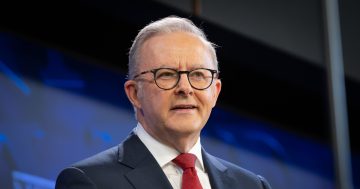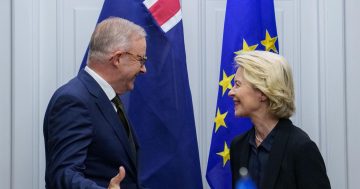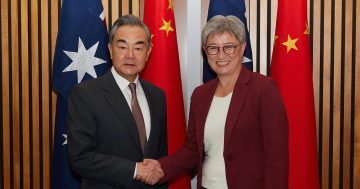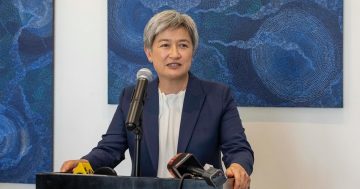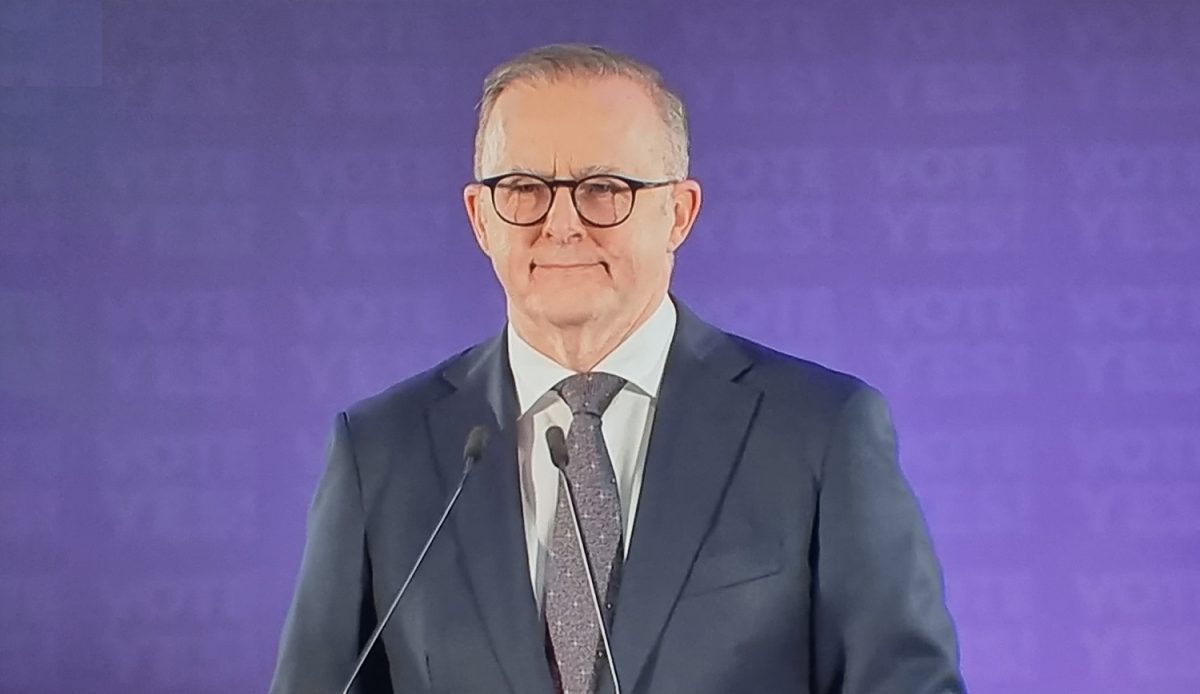
Prime Minister Anthony Albanese has outlined a strategy for greater engagement with Southeast Asia. Photo: File.
Anthony Albanese has used his speech to the ASEAN Indo-Pacific Forum in Jakarta to announce Australia’s strategy to noticeably boost economic ties in the region.
Describing it as an “overdue strengthening” and the “most significant upgrade” of economic engagement in a generation, the Prime Minister said the strategy reflected the speed of transformation underway in Australia and Southeast Asia, and the opportunities it presented.
“The strategy we outline today reflects an enduring truth,” he said on Wednesday (6 September).
“This is where Australia’s economic destiny lies, and this is where our shared prosperity can be built.
“This is where, working together, the peace, stability and security of this region – and the Indo-Pacific – can be assured.”
The plan, titled Invested: Australia’s Southeast Asia Economic Strategy to 2040, sets a pathway to increase Australia’s two-way trade and investment with the region.
It has come together following extensive work from Australian Public Service (APS) officials, particularly from the Department of Foreign Affairs and Trade (DFAT).
But it has also involved valuable input from departments and agencies across the APS.
The delegation of trade officials and other public sector bureaucrats accompanying the Prime Minister on his current Southeast Asian visits is comparably larger than usual missions.
The Federal Government is doing all it can to emphasise the importance of the relationship between Australia and Southeast Asia.
Developed by Australia’s Special Envoy for Southeast Asia, Nicholas Moore, the strategy identifies 10 priority sectors for enhanced trade activity – agriculture and food; resources; green energy transition; infrastructure; education and skills; visitor economy; healthcare; digital economy; professional and financial services; and creative industries.
With Southeast Asia a centre of global business, and one of the fastest-growing regions in the world, the strategy outlines how Australia can seize the vast opportunities the region presents, as well as what it can offer the region as a trusted and reliable partner.
“In 2022, ASEAN accounted for nearly 15 per cent of Australia’s overall trade — greater than our two-way trade with Japan or the US,” Mr Albanese said.
“But Australia’s economic engagement with the region has not kept pace with the growth of Southeast Asian economies.
“Australia should be a larger trade and investment partner for Southeast Asia.
“The ambitious plan we are sharing today takes us beyond catching up, it positions us for what’s ahead.”
Mr Moore, who has visited every ASEAN nation through 2023 except Myanmar, identified four key priorities: raising awareness; removing blockages; building capability; and deepening investment.
The Prime Minister committed to immediately support three initiatives:
- Investment Deal Teams ($70.2 million over four years) which will be based in the ASEAN region and work with Australian investors, Southeast Asian businesses and governments to identify and facilitate investment opportunities;
- Southeast Asia Business Exchange ($19.2 million over four years) to boost two-way trade and support Australian exporters to enter, compete and grow in the fast-growing markets of Southeast Asia. This will include a trade and investment campaign to promote opportunities in Southeast Asian markets to Australian business and consumers; and
- Placements and Internships Pilot Program for Young Professionals ($6 million over four years) which will help to build enduring links between Australia and Southeast Asian businesses.
Foreign Minister Penny Wong said the strategy reinforced that trade and investment diversification was key to the region’s shared future prosperity and economic security.
“Investing in priority sectors such as the green energy transition, infrastructure and food security is an investment in Australia’s future and the future of the region,” Senator Wong said.
“We seek genuine partnership with Southeast Asian economies to capture untapped opportunities for our mutual benefit.”
Implementation of the strategy will be led by Senator Wong, Treasurer Jim Chalmers, and Trade Minister Don Farrell.
A joint taskforce between the DFAT and Treasury has been set up to support the rollout of the strategy.
Original Article published by Chris Johnson on Riotact.



